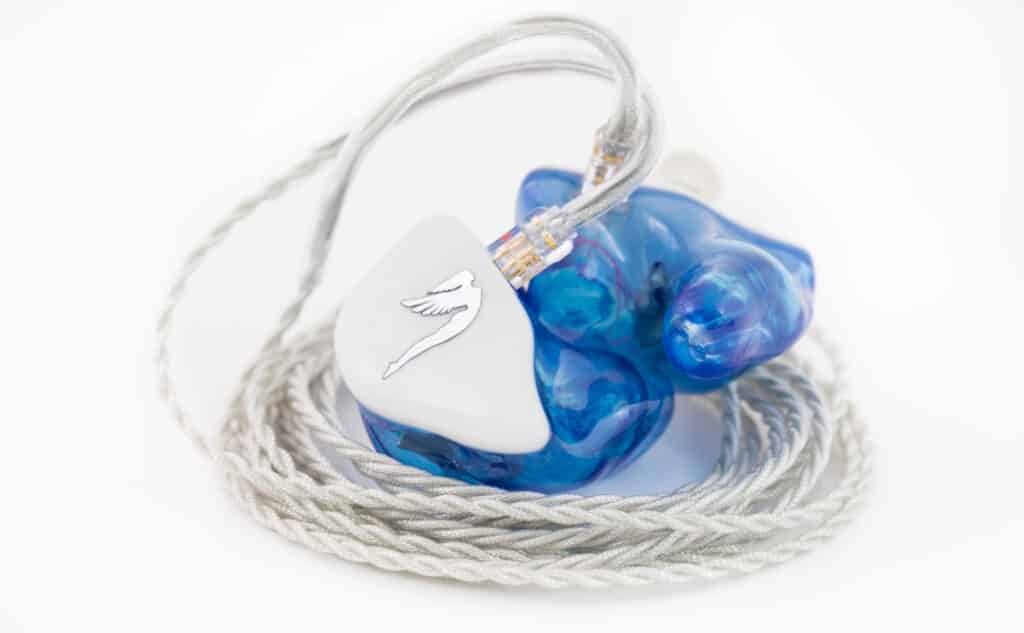- What are the key differences in sound isolation between in-ear monitors (IEMs) and over-ear headphones?
- How do in-ear monitors (IEMs) provide comfort and fit for studio recording?
- What advantages do over-ear headphones offer in terms of soundstage and spatial cues in a studio setting?
- How does the durability and maintenance of in-ear monitors compare to over-ear headphones?
- In what ways are over-ear headphones versatile for different audio tasks beyond studio recording?
In the world of professional audio and studio recording, the debate between in-ear monitors (IEMs) and over-ear headphones is a significant one. Each type offers unique benefits and challenges that can impact the quality of studio recordings. This article delves into the specifics of both, providing detailed insights into their features, performance, and suitability for studio recording.
Understanding In-Ear Monitors (IEMs)

Isolation and Sound Bleed
IEMs are renowned for their ability to isolate sound. This feature is crucial in a studio setting to prevent the bleed of external noise or other instruments into the microphone. The level of isolation is achieved through a snug fit within the ear canal, which significantly reduces ambient noise.
Custom Fit and Comfort
Many IEMs can be custom-molded to an individual’s ears. This custom fit not only enhances comfort but also improves noise isolation and sound quality. However, the process of obtaining custom-molded IEMs can be time-consuming and requires a visit to an audiologist.
Sound Quality
While IEMs can deliver exceptional sound quality, especially in the higher-end models, they often have a narrower soundstage compared to over-ear headphones. This narrower soundstage can affect the perception of spatial cues in music.
Portability and Maintenance
IEMs are lightweight and highly portable, making them an excellent choice for musicians who need to move around. However, they are generally more fragile and require careful handling. Regular maintenance is needed to ensure longevity and optimal performance.
Over-Ear Headphones in Studio Recording

Comfort and Extended Use
Over-ear headphones are generally more comfortable for long studio sessions. Their design, encompassing the entire ear, distributes weight evenly and reduces ear fatigue.
Soundstage and Spatial Cues
One of the significant advantages of over-ear headphones is their wide soundstage. This feature provides a more immersive listening experience and is crucial for accurately perceiving the spatial aspects of sound, which is vital in mixing and mastering.
Versatility
Over-ear headphones are versatile and can be used for various audio tasks beyond studio recording. This includes mixing, mastering, and casual listening, making them a more all-rounded option.
Durability
Typically, over-ear headphones are more robust and durable compared to IEMs. Their build is suited to withstand the rigors of studio use and the wear and tear of daily handling.
Sound Quality
High-quality over-ear headphones deliver excellent fidelity and a balanced sound profile. However, their open-back designs, while beneficial for soundstage, may not isolate sound as effectively as IEMs.
Comparative Analysis: IEMs vs. Over-Ear Headphones
| Feature | In-Ear Monitors (IEMs) | Over-Ear Headphones |
|---|---|---|
| Isolation | Excellent isolation from external noise | Less isolation compared to IEMs |
| Soundstage | Narrower soundstage | Wider soundstage |
| Comfort | Custom fit, snug in-ear design | Around-ear design, less ear fatigue |
| Durability | More fragile, requires maintenance | Generally more robust |
| Portability | Highly portable | Less portable than IEMs |
| Versatility | Ideal for live performances | Suitable for various audio tasks |
| Sound Quality | High-end models offer excellent quality | Excellent fidelity and balanced sound |
Conclusion
Choosing between in-ear monitors and over-ear headphones for studio recording depends on various factors like comfort, sound quality, portability, and the specific needs of the recording environment. Both have their unique strengths and are often used together in professional settings for different purposes. While IEMs offer superior isolation and a custom fit, over-ear headphones provide a broader soundstage and are more comfortable for extended use. Ultimately, the choice will depend on personal preference and the requirements of the studio environment.
Last Updated on December 23, 2023
